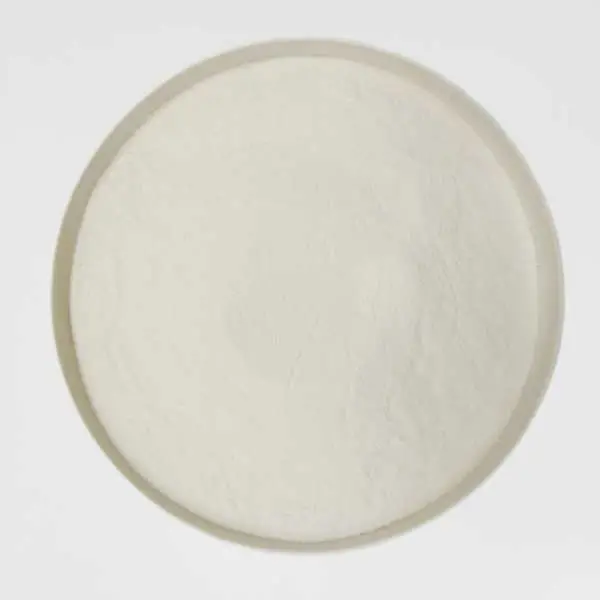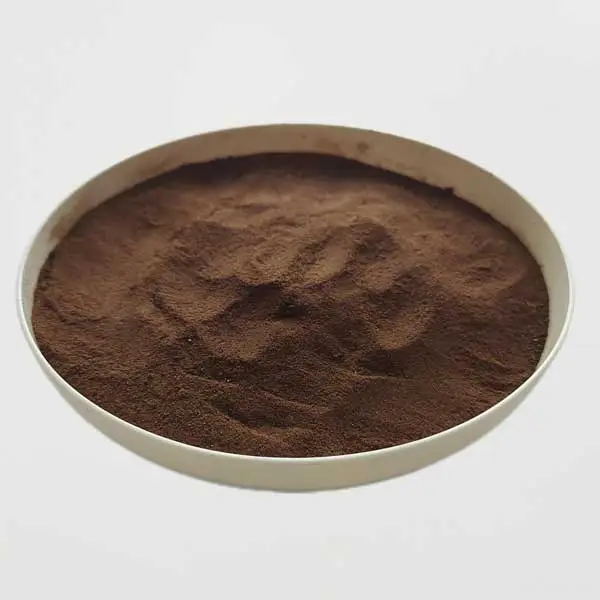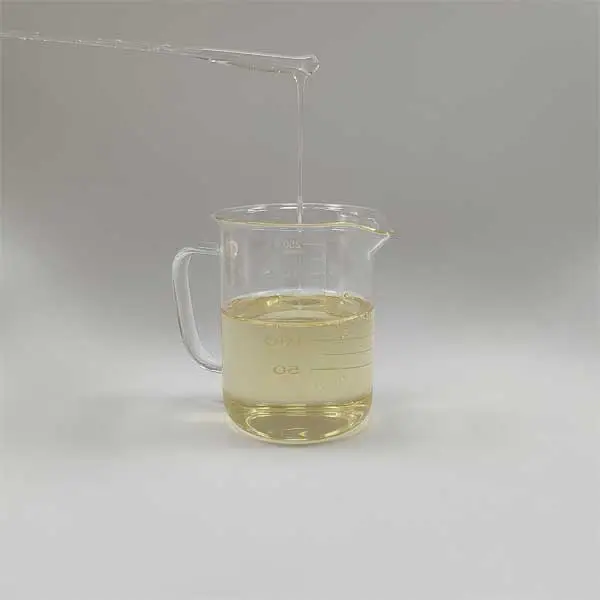Dye Processing Is Inseparable from Dispersing Agents
Dye Dispersant plays a very important role in the dye industry. It can change the dispersibility and stability of dyes, and improve the effectiveness of dye usage. The selection and use of dye dispersants have a direct impact on the performance of dyes.
Dye dispersants are one of the most commonly used auxiliary varieties in dye commercialization.
The General Varieties of Dye Dispersants
1. Sodium lignosulfonate: Sodium lignosulfonate is an anionic surfactant with strong dispersibility, suitable for dispersing solids in water media.
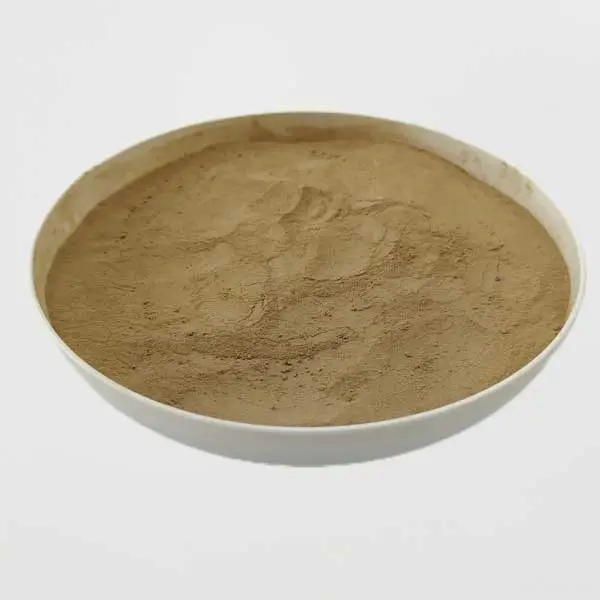
2. Dispersant NNO: Chemical names include sodium naphthalenesulfonate formaldehyde condensate and sodium naphthalenedisulfonate. Dispersant NNO is mainly used as a dispersant for dispersing dyes, reducing dyes, reactive dyes, acid dyes, and leather dyes. It has excellent grinding efficiency, solubility, and dispersibility.
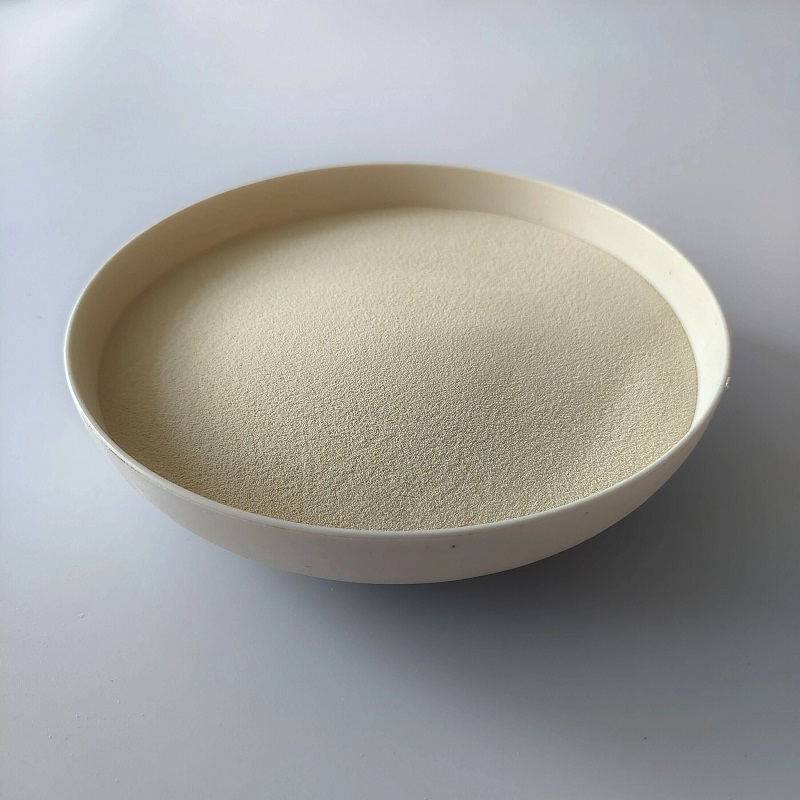
3. Dispersant MF: Methyl naphthalene sulfonic acid formaldehyde condensate, mainly used as a processing agent and dispersant in the grinding of dispersing dyes and reducing dyes, with better dispersibility than Dispersant NNO.
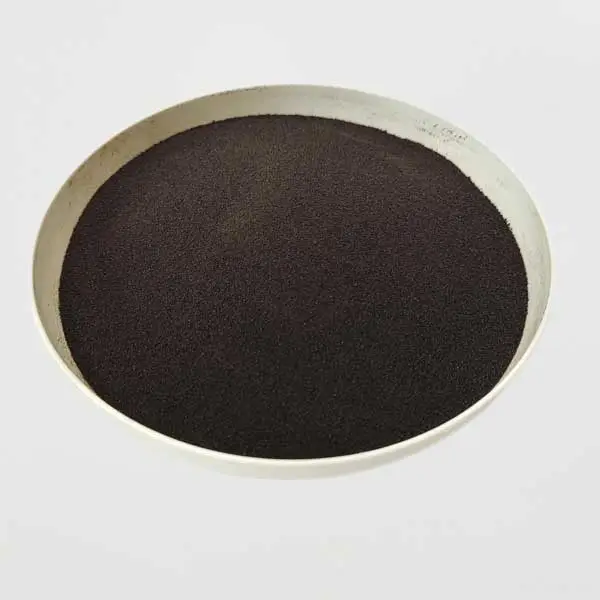
4. Dispersant CNF: α-benzylmethyl naphthalene sulfonic acid formaldehyde condensate, mainly composed of benzyl naphthalene sulfonic acid formaldehyde condensate. It has the best heat resistance among the three naphthalene sulfonic acid formaldehyde condensates.
5. Dispersant SS: Alkyl benzene sulfonic acid formaldehyde condensate, mainly composed of mixed cresol, naphthalene sulfonic acid, and formaldehyde condensate. It is mainly used for grinding dispersing dyes.
Functions of Dye Dispersants
1. Dye dispersants can improve the solubility of dyes. Dye dispersants have strong dissolving ability, they can effectively disperse dye molecules into solvents, allowing dyes to dissolve better. The solubility of dyes directly affects their dyeing effect. When the solubility of dyes is high, their utilization in the dyeing process will also be increased correspondingly, resulting in more uniform and full dyeing results.
2. Dye dispersants can improve the dispersibility of dyes. Dyes often have aggregation and precipitation problems in solutions, resulting in uneven dispersion of dye particles and affecting dyeing effects. The addition of dye dispersants can improve the dispersibility of dyes, allowing dye particles to be uniformly dispersed in the solution, reducing the occurrence of aggregation phenomena, thereby improving dyeing consistency and stability.
3. Dye dispersants can enhance the interaction between dyes and fibers. In dyeing processes, the interaction between dyes and fibers directly affects dye adsorption, diffusion, and fixation effects. By adding dye dispersants, the interaction between dyes and fibers can be increased, enhancing dye adsorption and fixation effects, improving dye fastness and durability.
4. In dyeing processes, dye dispersants can also act as auxiliaries. They can improve the stability of dyes and prevent deterioration and degradation of dyes during storage and use. At the same time, dye dispersants can also adjust the viscosity and flowability of dyes, making them easier to operate and control in dyeing processes.
In conclusion, Jufu Chemical's dye dispersants play a very important role in the dye industry. They can improve the solubility and dispersibility of dyes, enhance the interaction between dyes and fibers, adjust the hue and color saturation of dyes, and serve as auxiliaries to improve the stability and operability of dyes. Choosing the right dye dispersants
Recommended Products
Related News About Construction Chemicals

 English
English 



